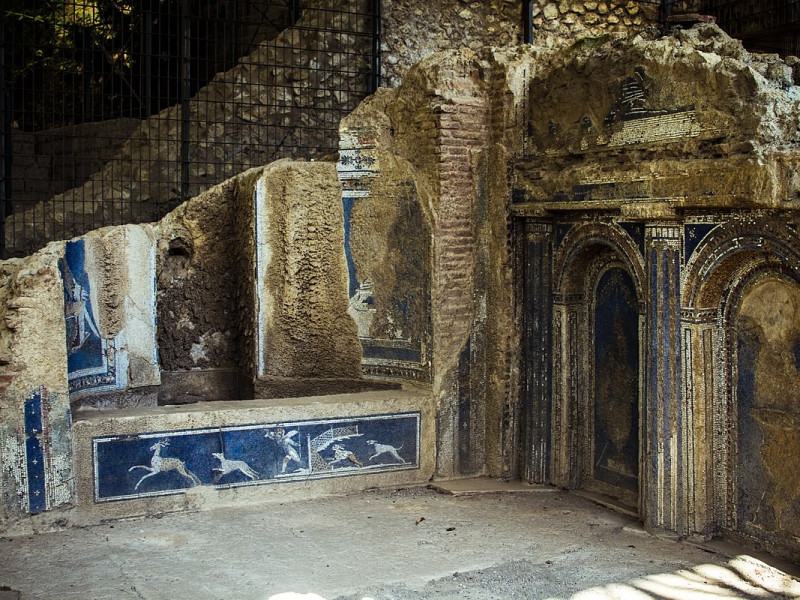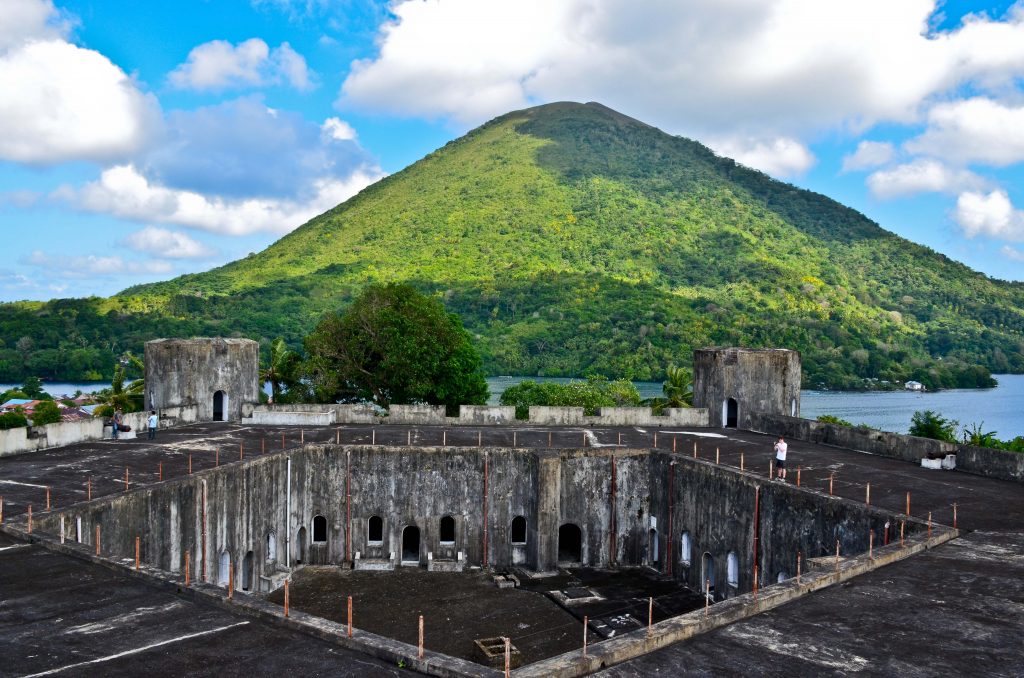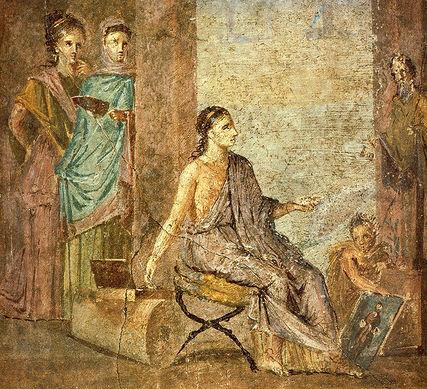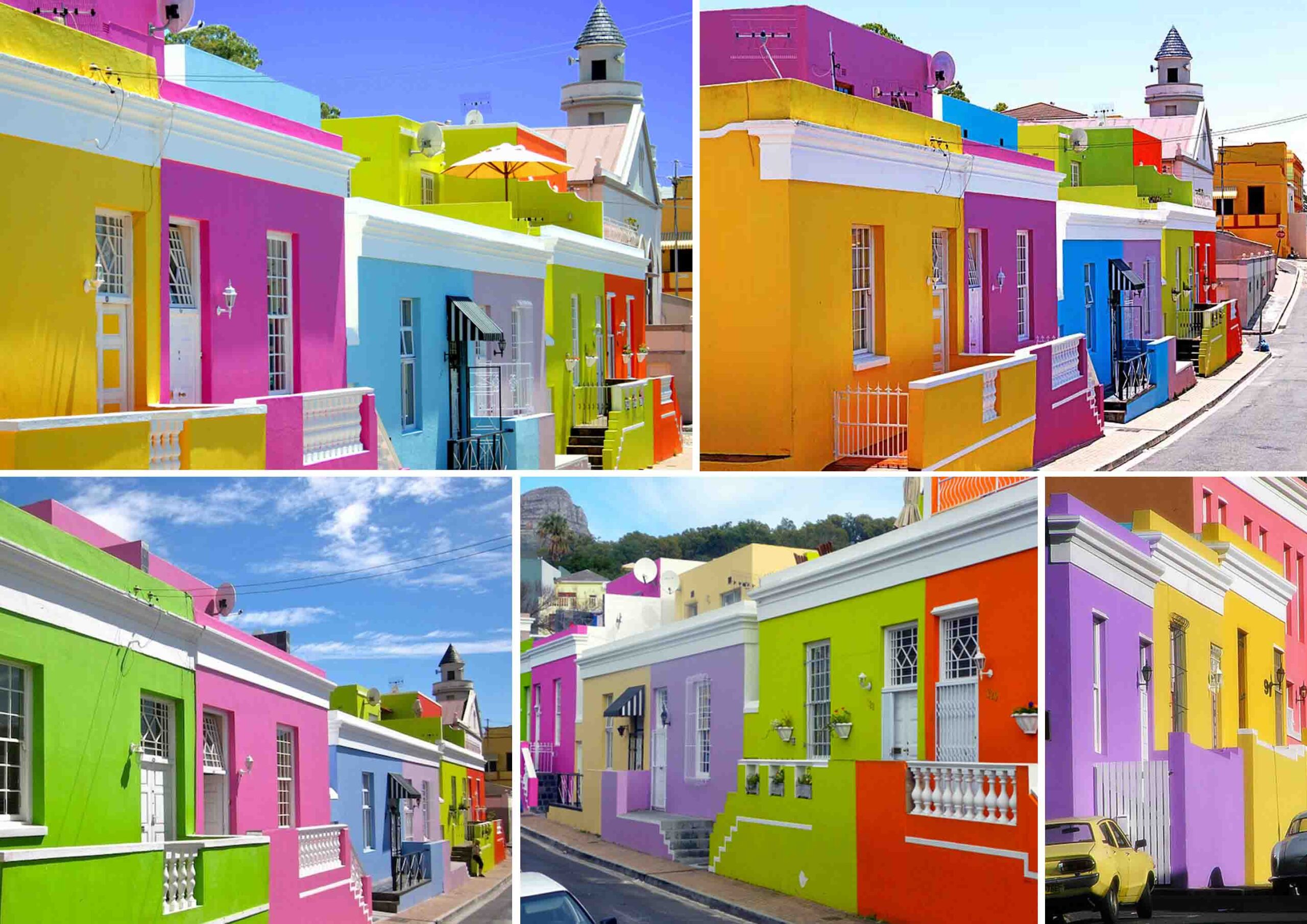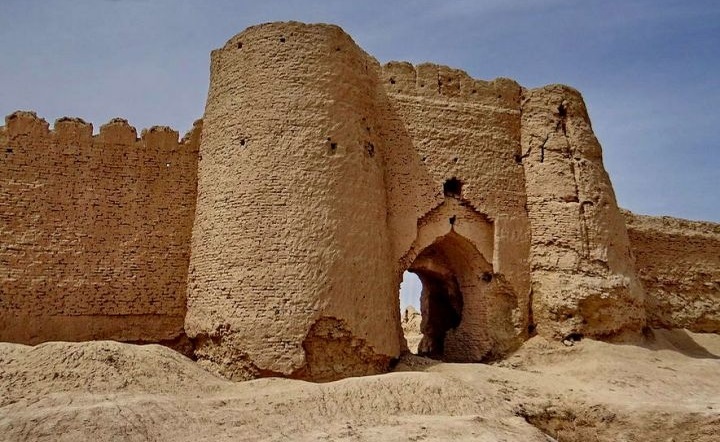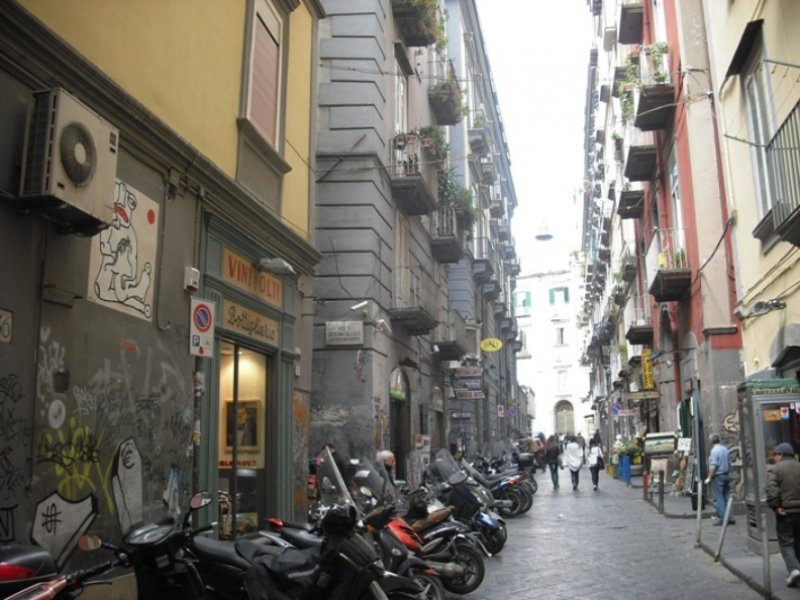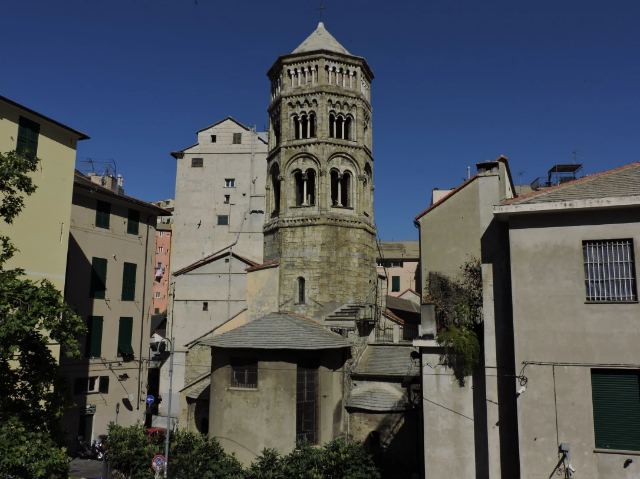Roman villa of San Giovanni in Palco was excavated between 1981 and 1985. The part of the complex that can be visited today extends for about 1400 square meters; the villa is articulated on several levels connected by stairs and open areas. The oldest nucleus dates back to the late republican age, while in the Augustan-Tiberian age an extension led to the construction of a spa and a triclinium with an adjoining nymphaeum, beautifully decorated with glass tesserae, located on the lower terrace. In the middle of the 1st century A.D. the thermal plant was enlarged with the construction of a frigidarium, a tepidarium and two calidaria with passageways. Many of the rooms brought to light, in particular those of the median terrace, preserve wall paintings of the III and IV styles and opus signinum flooring. In late antiquity the villa was progressively stripped of its marble coverings and stone elements and part of the rooms were re-functionalized as working areas: the triclinium, for example, was transformed into an oil mill. The final destruction of the complex occurred in the V-VI century A.D. following the volcanic events that also affected the nearby settlements of Nola and Avella.
